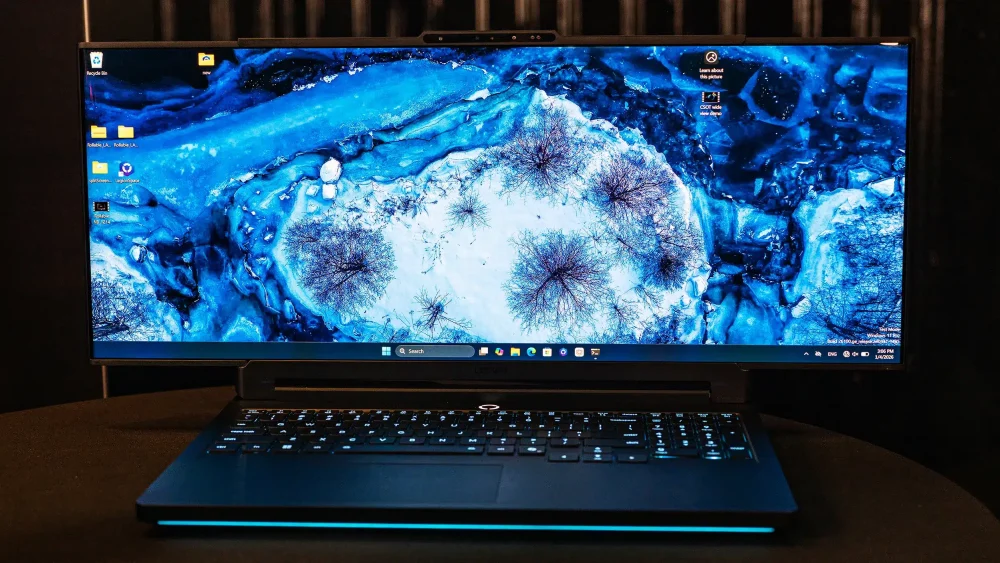Apple’s A20 chip will debut with the iPhone 18 Pro, Pro Max, and the long-rumored iPhone 18 Fold—and it’s not just about being smaller or faster. With TSMC’s 2nm process and a revolutionary packaging shift, Cupertino is pushing mobile silicon into territory once reserved for AI accelerators and data center behemoths.
While most of the world waits for the iPhone 17 lineup to drop, Apple is already deep into 2026. According to analyst Jeff Pu of GF Securities, the next-gen iPhone 18 Pro, Pro Max, and iPhone 18 Fold will all be powered by the A20 chip. This silicon leap combines TSMC’s cutting-edge 2nm N2 process with an advanced Wafer-Level Multi-Chip Module (WMCM) packaging.
And this isn’t just another tick on the nanometer scale. This is Apple’s biggest architectural shake-up in years.
2nm Isn’t Just Smaller—It’s Smarter
The A20 will be Apple’s first chip to use TSMC’s N2 process, shifting from FinFET to GAA (Gate-All-Around) nanosheet transistors. The result? Up to 15% more performance and 30% better power efficiency compared to the A19 Pro expected in the iPhone 17 Pro lineup.
More transistors mean more parallelism, better AI acceleration, and smoother gaming. But while 2nm may sound like science fiction, remember: the nanometer branding is marketing shorthand, not a literal measurement. Still, the density boost and architectural overhaul are very real.
WMCM: The Real Game-Changer
What sets the A20 apart isn’t just the node shrink—it’s the revolution in packaging. Apple is transitioning to Wafer-Level Multi-Chip Module (WLCM) integration, meaning that RAM will no longer be situated beside the chip, but rather on the chip wafer itself, integrated alongside the CPU, GPU, and Neural Engine.
This shift eliminates the need for silicon interposers and substrates, thereby enhancing signal integrity, improving thermal dissipation, and facilitating faster memory access with lower latency. The benefits? Better multitasking, smoother AI processing (hello, Apple Intelligence), improved battery life, and potentially a smaller chip footprint—freeing up space for other components.
TSMC is already building out a dedicated WMCM line at its AP7 facility, targeting up to 120,000 wafers per month by late 2027. In short, this isn’t a one-off experiment. It’s the future.
iPhone 18 Fold: The Testbed for Next-Gen Everything?
While the iPhone 18 Pro and Pro Max will benefit from the A20’s advances, the iPhone 18 Fold could become Apple’s flagship testbed for new form factors and radical internal architectures. Rather than playing it safe, Apple seems poised to unleash its most forward-leaning technologies in a device that bends both screens and expectations.
With WMCM, 2nm transistors, and more efficient thermal management, Apple might finally have the hardware infrastructure needed to support foldables without compromise.
A Quick Timeline of Apple Silicon Evolution
| Chip | Process Node | Notes |
|---|---|---|
| A17 Pro | 3nm (N3B) | First-gen 3nm chip (2023) |
| A18 Pro | 3nm (N3E) | Improved power efficiency (2024) |
| A19 Pro | 3nm (N3P) | Higher performance (2025) |
| A20 | 2nm (N2) | WMCM, GAA, and a major leap forward (2026) |
More Than Just Chips: A Vision for the Next 20 Years
The iPhone 18 series marks Apple’s 20th anniversary in the smartphone business, and the A20 chip feels like a statement of intent. It’s not just about keeping pace with Moore’s Law—it’s about defining the next decade of mobile computing.
From AI integration to thermal performance, from memory efficiency to space savings, Apple’s A20 isn’t merely an SoC. It’s a systems rethink, built from the ground up to drive the next wave of intelligent, efficient, and adaptable devices.
And as with all things Apple, it may look sleek on the surface, but underneath, it’s a battlefield of silicon innovation.


